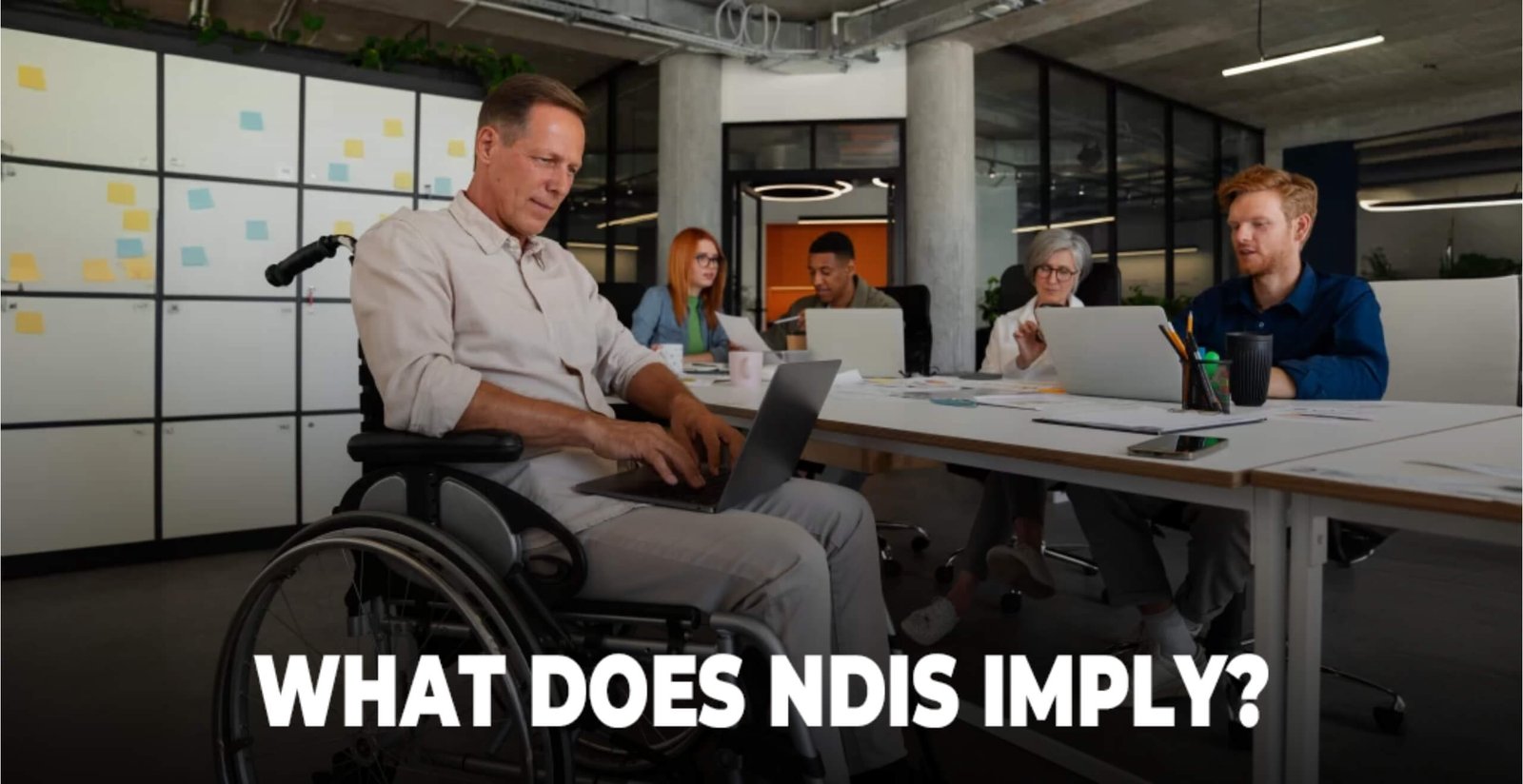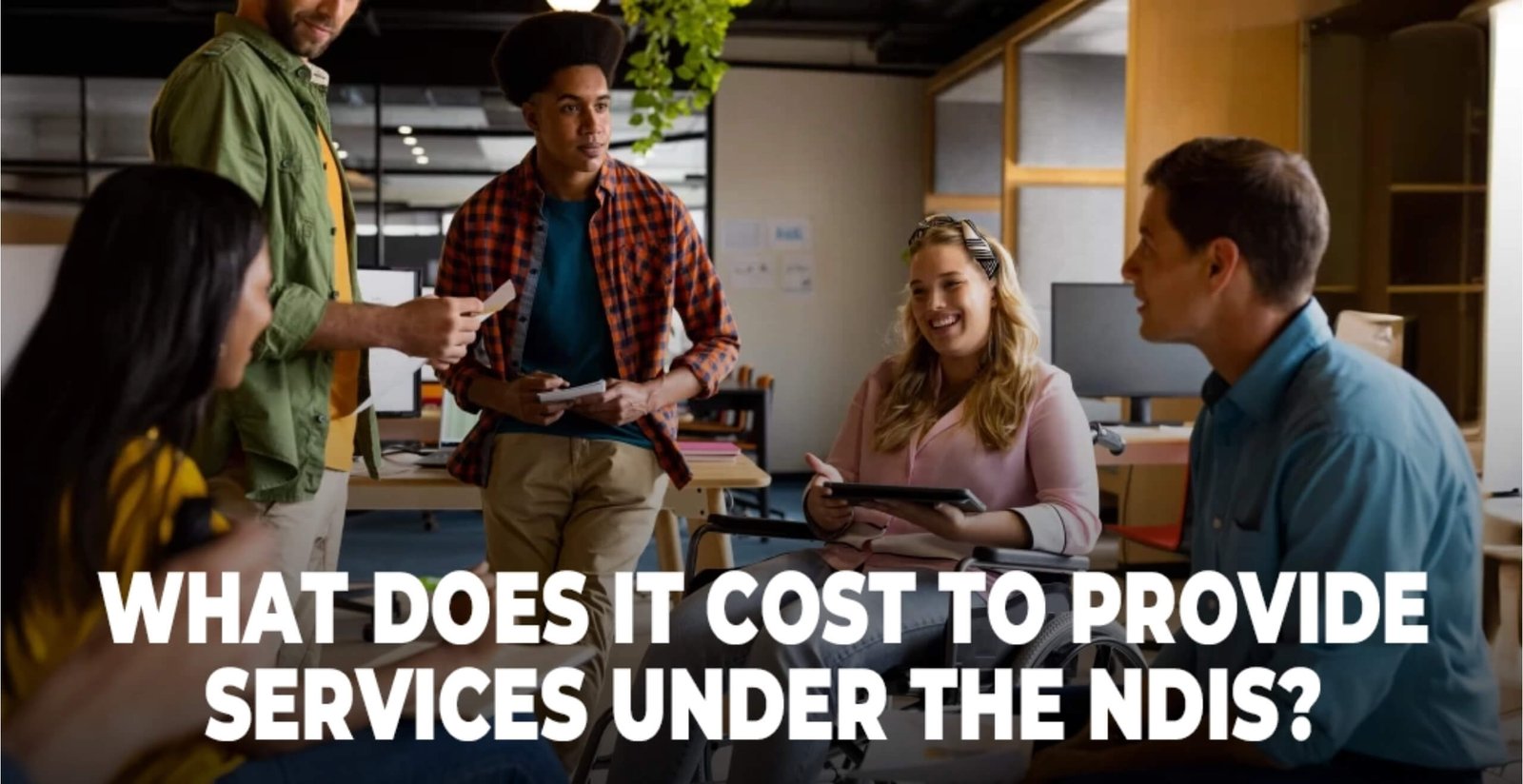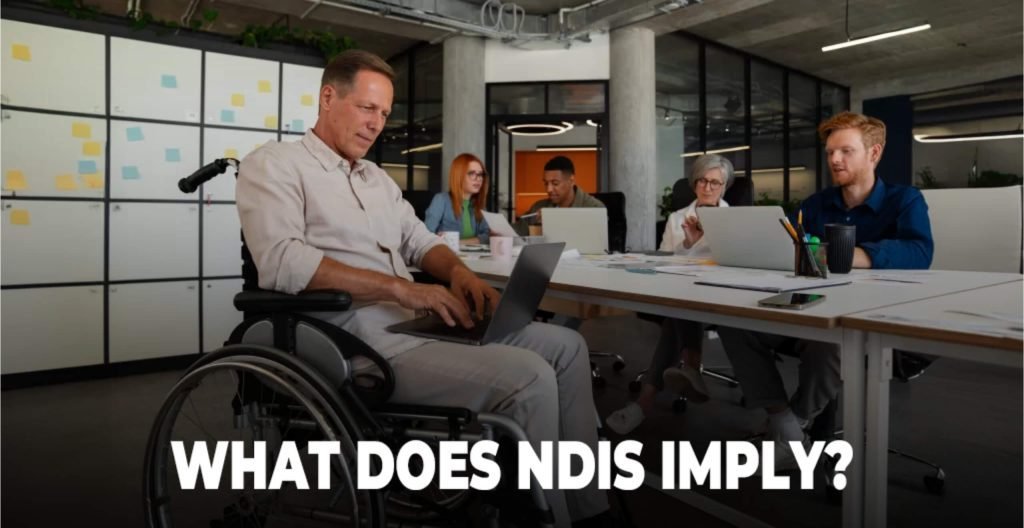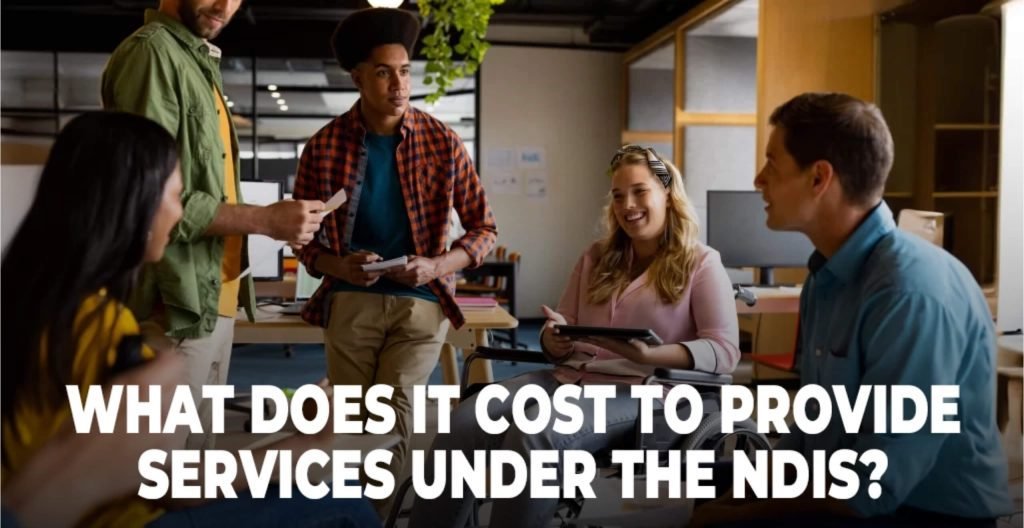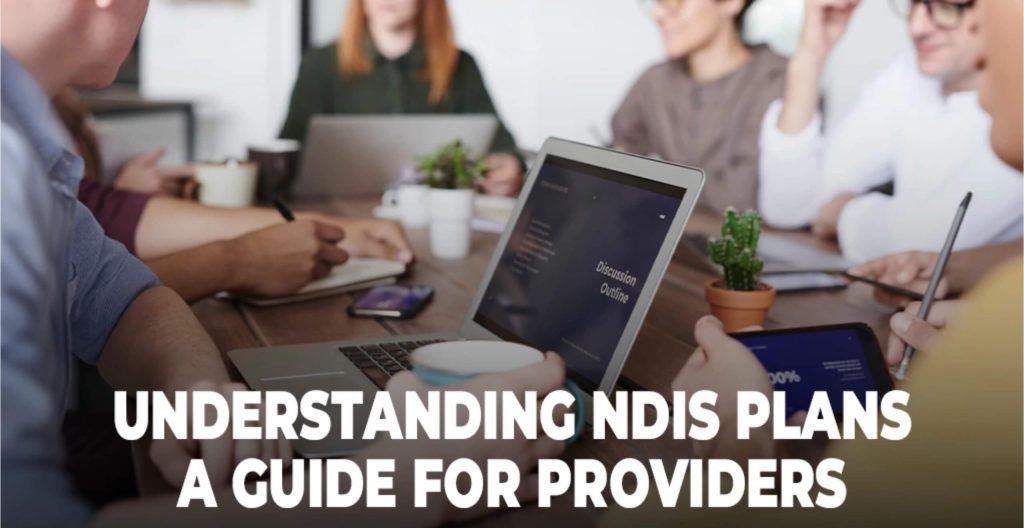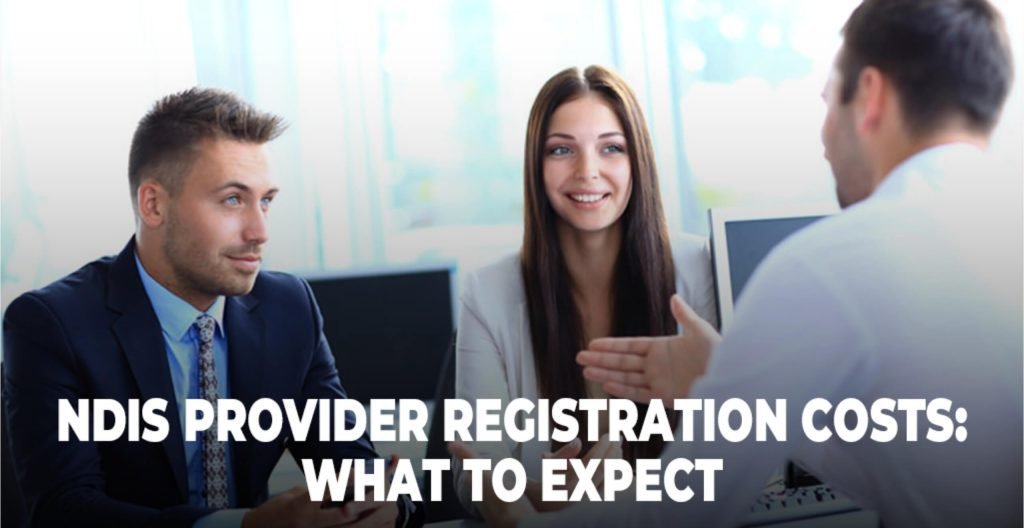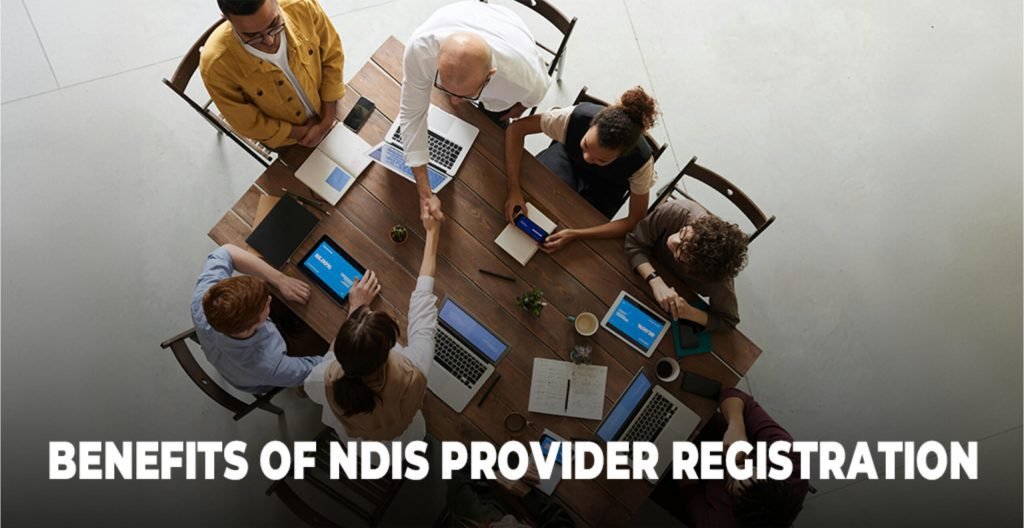Becoming a NDIS Supported Independent Living (SIL) provider under the National Disability Insurance Scheme (NDIS) allows you to play a crucial role in supporting people with disabilities to live more independently. SIL providers offer support with daily living activities in shared accommodation settings. However, before you can begin delivering SIL services, it’s important to understand the registration process, compliance requirements, and how funding decisions are made.
To start providing SIL services, you need to follow the registration process, meet compliance requirements, and understand the funding decisions. Here’s a guide on how to become an SIL provider.
1. Understanding SIL and Its Role within the NDIS
Supported Independent Living (SIL) is a vital part of the NDIS, designed to help participants live more independently in shared accommodation. SIL support focuses on assisting with daily tasks like cooking, personal care, and cleaning, while also helping participants develop skills to reduce their reliance on one-on-one care.
As a SIL provider, your role includes:
- Assisting with daily life activities such as cooking, cleaning, and personal care.
- Supporting participants to build their independence while living in a shared setting.
- Working closely with participants, their families, and support coordinators to meet their personal goals.
Before you become a SIL provider, it’s crucial to understand the responsibilities involved, including managing participant goals, tracking their progress, and reporting to the National Disability Insurance Agency (NDIA).
2. The SIL Provider Registration Process
To offer SIL services, you need to go through the NDIS provider registration process. This process ensures that you meet the required standards and can provide high-quality care.
Step-by-Step Registration Guide:
Step 1: Review the NDIS Provider Registration Checklist Familiarise yourself with the NDIS provider registration checklist. This document outlines the necessary criteria and compliance requirements, including staff qualifications and adherence to NDIS rules.
Step 2: Submit an Application to the NDIS Quality and Safeguards Commission. Your application must include details about your business structure, the SIL services you plan to offer, and evidence that you meet safety and quality standards. Note that the NDIS registration cost can vary based on the size of your organisation and the services you plan to provide.
Step 3: Provide Required Documentation Prepare all necessary documents, including business insurance, service agreements, and your business name registration. You’ll also need to provide proof of compliance with the NDIS Code of Conduct and staff qualifications.
Step 4: Undergo the NDIS Audit As part of the registration process, you’ll need to undergo an NDIS audit to confirm that your organisation meets the required quality and safety standards. The audit will evaluate your service delivery, internal processes, and adherence to NDIS regulations. Prepare by ensuring you meet all points on the NDIS audit checklist, which includes staff training and procedures for managing participant care.
Step 5: Obtain NDIS Registration Upon completing the audit and submitting the required documentation, you will receive approval to operate as an NDIS SIL provider. You’ll then be added to the NDIS provider register, making it easier for participants to access your services.
3. Understanding SIL Funding and Decision-Making
Once you’re registered as an SIL provider, the NDIA will determine the funding level for each participant based on their individual needs. Your role includes supporting participants in exploring suitable home and living options according to their goals and circumstances.
Participants may need to complete a Home and Living supporting evidence form, which provides valuable information on their goals, strengths, and challenges. This form helps guide your services and informs the NDIA’s funding decisions.
Considerations for SIL funding include:
- Assisting participants to achieve their personal goals.
- Enhancing participants’ functional capacity to increase their independence.
- Reducing the reliance on one-on-one support over time.
You will need to submit supporting documents like care rosters, allied health reports, and participant assessments. The NDIA uses this information to decide on appropriate funding.
5. Supporting Participants to Explore Home and Living Options
As a SIL provider, you’ll help participants explore and choose their home and living options, especially when their goals or circumstances change.
Encourage participants to complete the Home and Living supporting evidence form. While not mandatory, this form helps document their goals and needs, guiding appropriate support decisions. Participants can submit this form under various circumstances:
- Within 100 days of their plan’s end date for review in their next plan.
- With a Change of Situation or Change of Details form.
- Alongside a Request for a Review of a Decision form.
Supporting participants through this process helps them select living arrangements that align with their long-term objectives.
6. Compliance and Legal Requirements for SIL Providers
Once registered, SIL providers must adhere to ongoing legal obligations and comply with the NDIA’s monitoring processes. Key compliance areas include:
- Delivering Services Within Approved Budgets: Ensure all services stay within the participant’s approved budget. Costs should remain consistent even if the participant’s plan is extended.
- Provider Compliance Monitoring: The NDIA conducts regular audits and reviews to monitor compliance. Non-compliance may result in corrective actions.
Becoming a SIL provider offers a rewarding opportunity to support people with disabilities in achieving greater independence. The process involves understanding NDIS provider registration, meeting qualifications, passing audits, and complying with pricing and service delivery standards.
By grasping the regulations and responsibilities, you can provide high-quality, compliant SIL services and make a significant impact on participants’ lives. For more information on the registration process, including costs and best practices, consult an NDIS consultant or refer to resources on becoming an NDIS provider.
Latest NDIS News in Australia
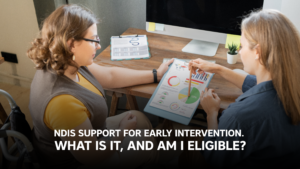
ndis business profitability strategies and factors
Becoming an NDIS provider Registration is a great investment and a business opportunity that offers a lot and while navigating NDIS business registration and NDIS

Allied Health Professionals in NDIS: What you need to know
The NDIS Scheme helps a large group of people with disabilities in Australia by providing support and services to enhance their lives. And to become

How to create a positive NDIS participant experience
How to create a positive NDIS participant Whether you’re Working as an NDIS provider or wanting to become an NDIS provider, Ensuring a great experience
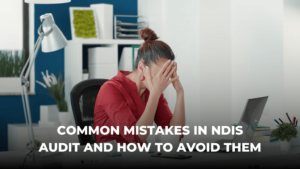
Common Mistakes in NDIS Audit and How to Avoid Them
Becoming a National Disability Insurance Scheme become an NDIS provider provider can be a great business opportunity, but it also comes with a lot of
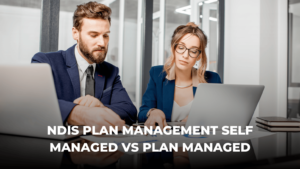
NDIS Plan Management Self Managed VS Plan Managed
Helping participants navigate their plans effectively is an essential part of providing service and ensuring quality in your provider business. NDIS plan management is fundamentally

How to Stay Informed: NDIS Resources and Updates You Need to Know
NDIS Resources Navigating the National Disability Insurance Scheme (NDIS) can often feel challenging and overwhelming. With updates on policy changes, new guidelines, and various support
Hear from Our Clients




